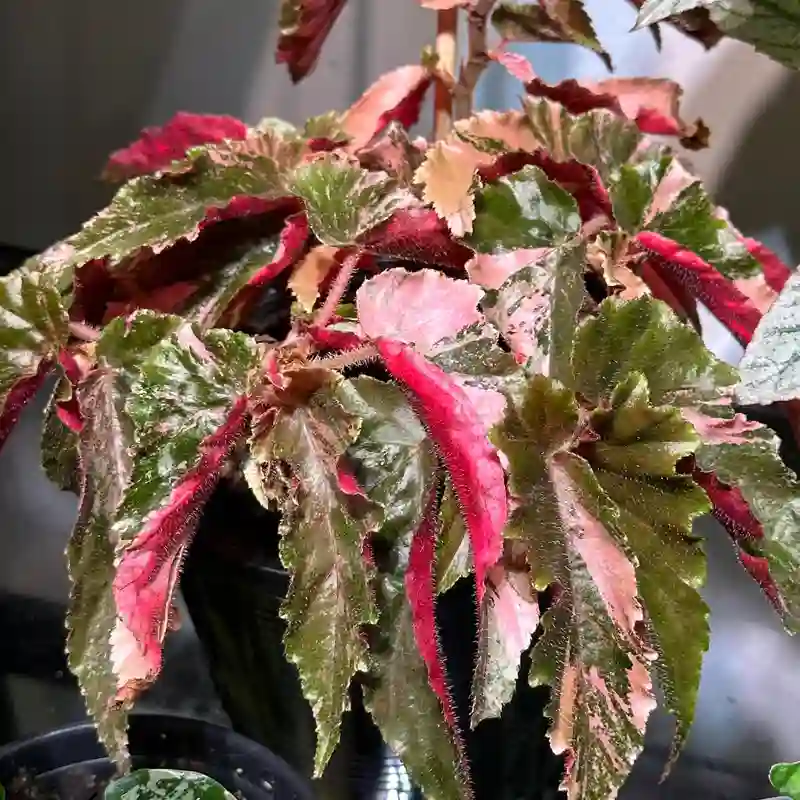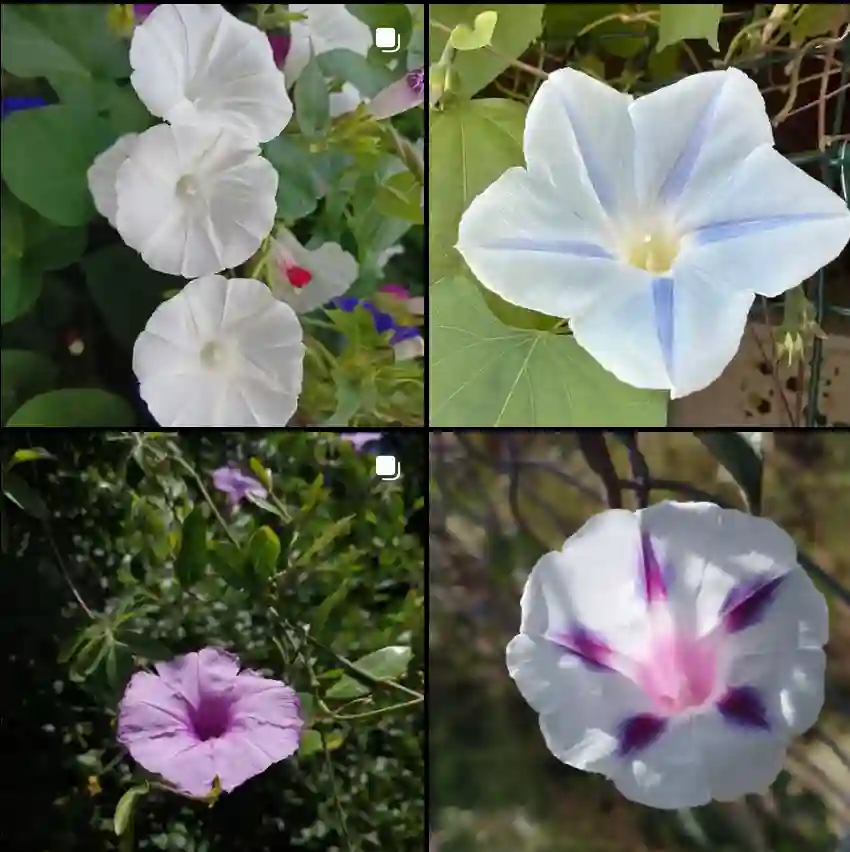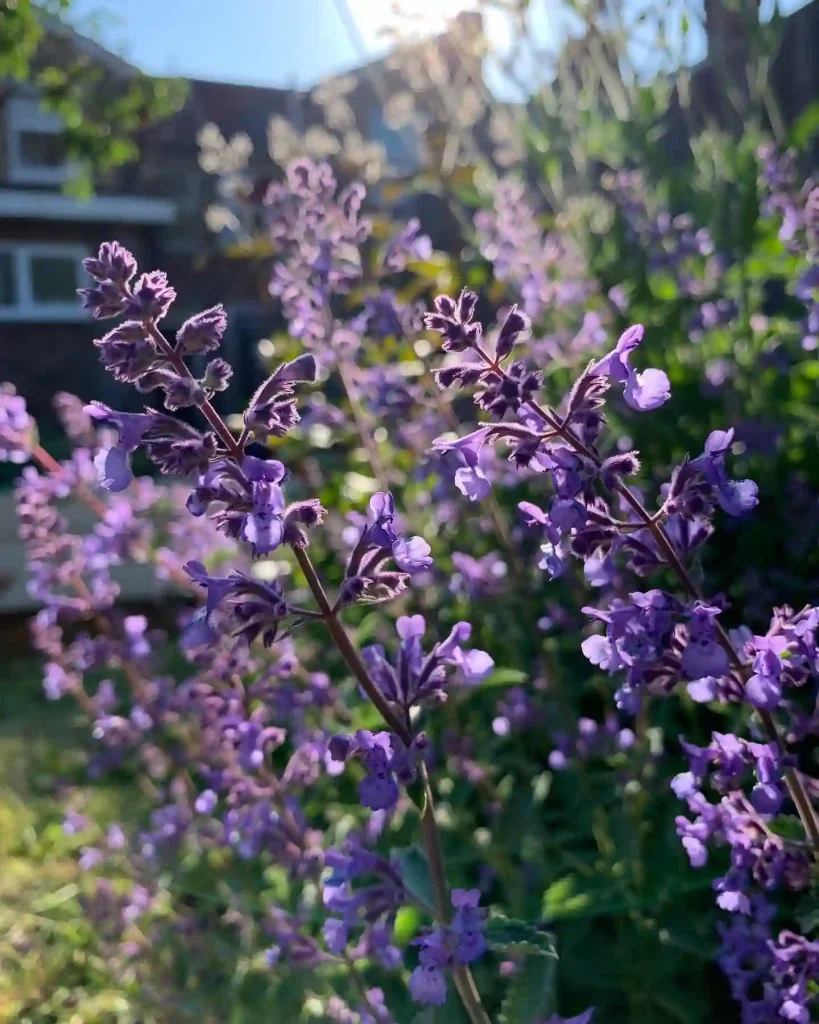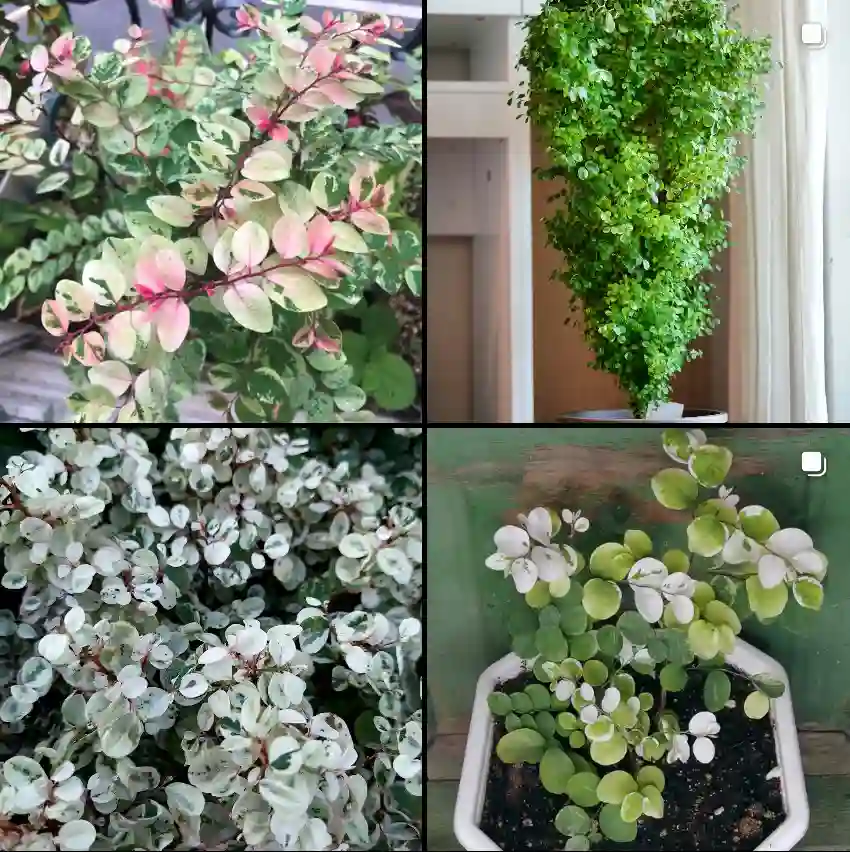Exploring the Plocospermataceae Family: An Enthusiast’s Journey
As a passionate plant enthusiast, I’ve always been intrigued by lesser-known plant families. One such family that caught my attention recently is the Plocospermataceae. It’s a small family, often overlooked, but that’s what makes it fascinating to me. In this post, I’ll dive into what makes this family special, focusing on its sole genus, Plocosperma, and sharing why this unique plant family deserves more recognition.
The Plocospermataceae Family Overview
The Plocospermataceae is a monogeneric family, meaning it contains only one genus: Plocosperma. It is native to Central America, particularly in regions like Mexico, Guatemala, and Honduras. What I found captivating about this family is its narrow but specialized range in the botanical world. It isn’t a large or flashy family, but it has its own quiet charm, contributing to the biodiversity of tropical forests in those regions.
Plocospermataceae falls under the order Lamiales, an order that includes many familiar plant families such as Lamiaceae (mints), Oleaceae (olives), and Verbenaceae (verbenas). What stands out about Plocospermataceae is its distinctiveness despite being part of an order with so many larger, more well-known families. Its uniqueness lies in its combination of traits, including specialized flowers and leaves, that make it adapted to its tropical environment.
The Genus Plocosperma
Characteristics of Plocosperma
Plocosperma is the only genus in this family, and within it lies the species Plocosperma buxifolium, a plant that you could easily miss in a dense tropical forest. However, once you take a closer look, you’ll appreciate its distinct features. The first thing that caught my eye when I learned about Plocosperma buxifolium was its small, rounded leaves. They have a boxwood-like appearance, which is where the “buxifolium” part of the name comes from (“buxi” refers to boxwood, and “folium” means leaf).
The leaves themselves are quite tough and leathery, adapted for withstanding the sometimes harsh tropical environments where it grows. It made me think of how plants often develop unique traits to survive, and Plocosperma is a great example of that.
Flowers and Reproduction
Plocosperma’s flowers are small but complex. They have a tubular shape, often pale yellow, which is another adaptive feature for pollination in its native habitat. The flowers produce nectar, attracting pollinators like bees and butterflies, which helps the plant reproduce effectively in its tropical surroundings.
From a botanical perspective, these flowers are typical of plants in the Lamiales order, with a tubular corolla that ensures efficient pollination. The arrangement of the flowers on the plant is another intriguing aspect, as they grow in clusters, providing an appealing display when in full bloom.
Ecological Importance
While Plocosperma may not have the same showy presence as some larger plant families, it plays an essential role in its ecosystem. Its flowers provide a food source for pollinators, which are crucial for maintaining the balance of tropical ecosystems. The plant itself can thrive in a variety of soils, making it adaptable and resilient.
I find this ecological resilience fascinating because it shows how even plants that are relatively obscure in the botanical world can play vital roles in sustaining biodiversity. It’s easy to focus on big, flashy plants, but often the smaller, quieter species like Plocosperma contribute just as much, if not more, to the health of their ecosystems.
Conservation and Interest
One thing I’ve realized as I delve deeper into the world of less popular plant families is how important it is to raise awareness about them. The Plocospermataceae family, though small and not widely studied, is a reminder of how diverse and intricate the plant kingdom is. Conservation efforts for such species are critical, especially in tropical regions where deforestation and habitat loss are significant threats.
Though Plocosperma buxifolium is not currently listed as endangered, the loss of tropical forests in Central America poses a potential risk to its natural habitat. I think this underscores the importance of understanding and protecting even the lesser-known plant families. If we don’t pay attention to species like these, they could disappear before we fully understand their ecological contributions.
Why Plocospermataceae Deserves Attention
In my experience as a plant enthusiast, I’ve often gravitated towards the well-known and popular plant families, but discovering the Plocospermataceae has shifted my perspective. It’s a reminder that the plant world is filled with hidden gems that deserve our attention. The Plocospermataceae, with its single genus Plocosperma, may not be a headliner in the botanical world, but its unique adaptations and ecological role make it a family worth exploring.
If you’re like me, always on the hunt for something new and interesting in the plant world, I encourage you to take a closer look at lesser-known families like Plocospermataceae. There’s something incredibly rewarding about discovering the beauty and importance of a plant that others might overlook. Plus, it adds a new dimension to our understanding of biodiversity and the intricate relationships within ecosystems.
Final Thoughts
Learning about the Plocospermataceae has been a rewarding experience. It’s a reminder that every plant, no matter how small or obscure, has a role to play in the ecosystem. For me, discovering this family has opened up a new appreciation for the diversity of life in tropical forests and the importance of conservation. If you’re interested in the beauty and complexity of the plant world, take some time to explore the lesser-known families like this one. You might just find your next botanical obsession.
If i die, water my plants!



